- Home
- Military & Defense
- Rare photos from inside North Korea's mysterious buildings
Rare photos from inside North Korea's mysterious buildings
Wainwright was on an official guided tour organized by a Beijing-based company, Koryo tours, that has been taking foreigners into North Korea for over 20 years.

Wainwright said it took months of negotiation before North Korea allowed him to join the tour because "journalists aren't given the same freedom as tourists," he said.
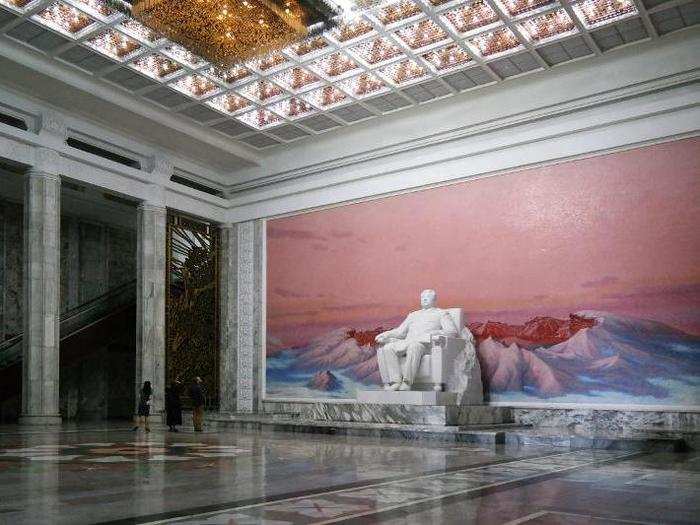
I have never been anywhere where a national ideology is so totally embodied in the architectural fabric of the city," Wainwright said. "To see the urban fabric, from the layout of streets to the specific design of interiors, expressing the values and ambitions of such an ideologically-driven regime was a fascinating thing to behold.
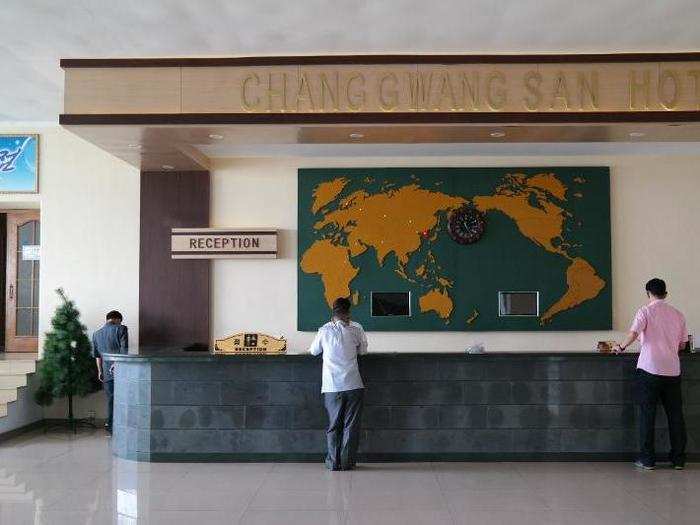
Changgwang San Hotel, Pyongyang.
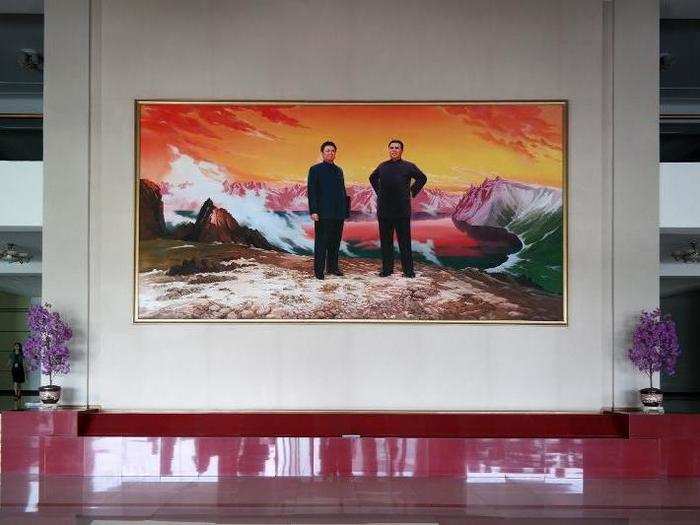
"You might expect endless streets of crumbling grey concrete apartment buildings, but Pyongyang is one of the most colorful cities I have been to," Wainwright said.
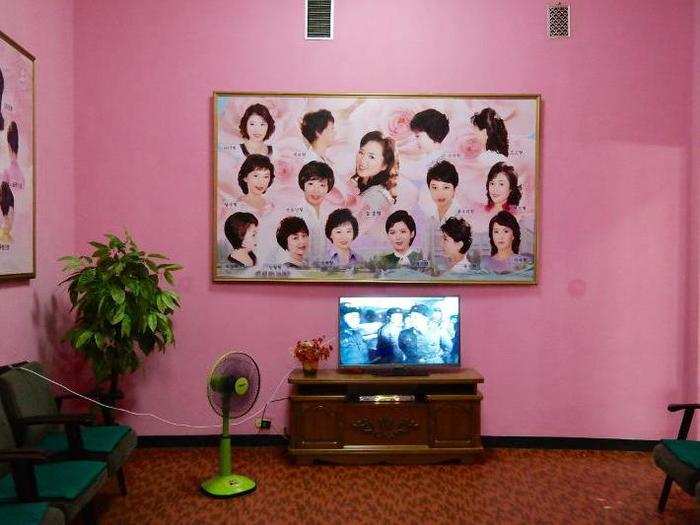
Changgwang Health and Recreation Complex, Pyongyang
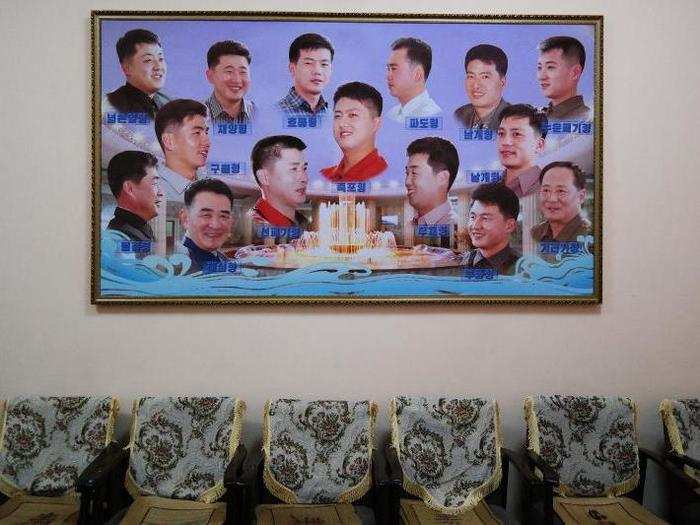
"The two things that most struck me about North Korea interiors were the sense of symmetry and the recurring pastel color palettes," Wainwright said.

National Drama Theatre, Pyongyang.
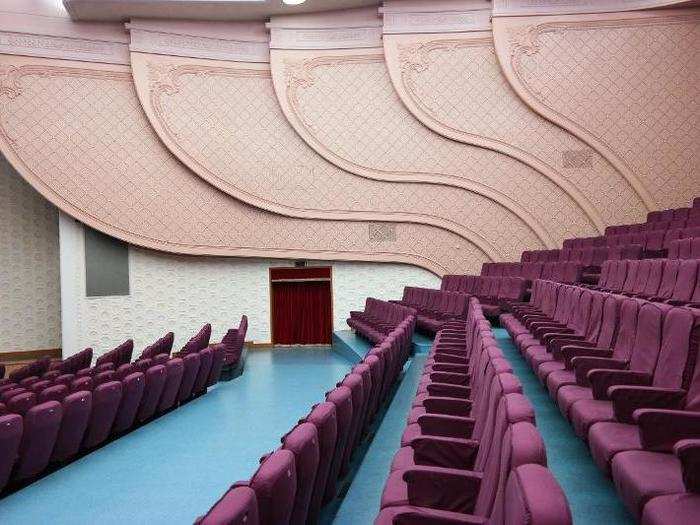
Wainwright said the interiors themselves were a big enough inspiration for him to want to partake in this series. "From the Soviet-era buildings from the 1950s and 1960s, when North Korea was heavily reliant on the USSR, to the more brightly colored recent renovations masterminded by the current leader, Kim Jong-Un," he said.

Rungrado 1st of May Stadium, Pyongyang.
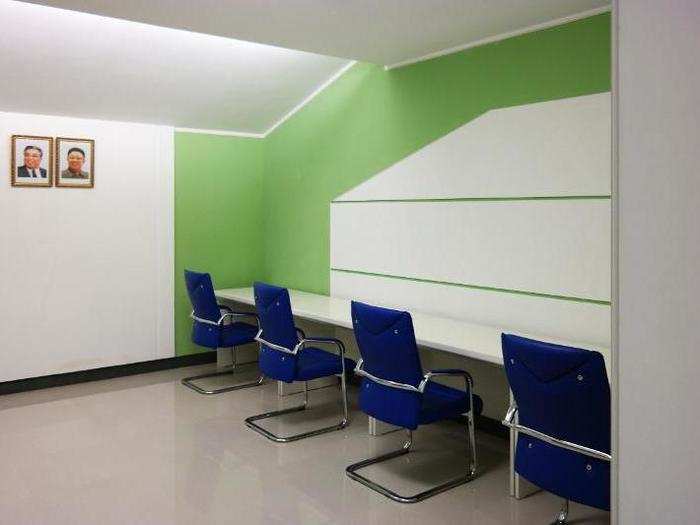
Organized around long axial boulevards, the city is punctuated with gargantuan monuments and memorials, with statues and mosaics of the leaders everywhere you look," Wainwright said. "As well as the pink and red 'Kimjongilia' and 'Kimilsungia' flowers, which represent the leaders, Kim Jong-il and Kim Il Sung.
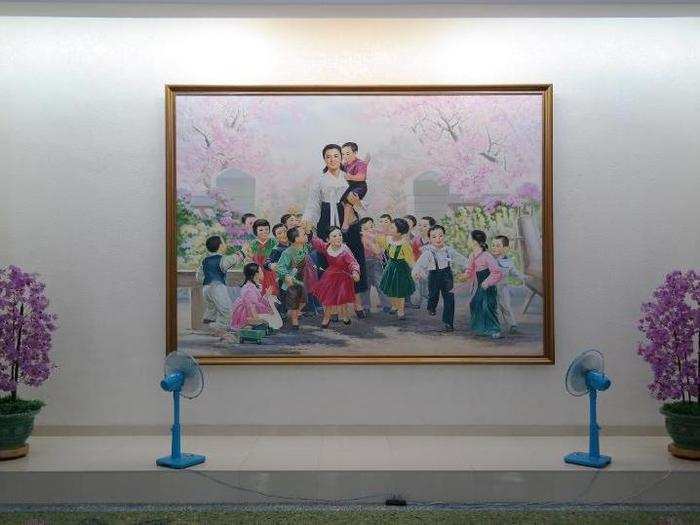
Chongnyon Youth Hotel, Pyongyang.
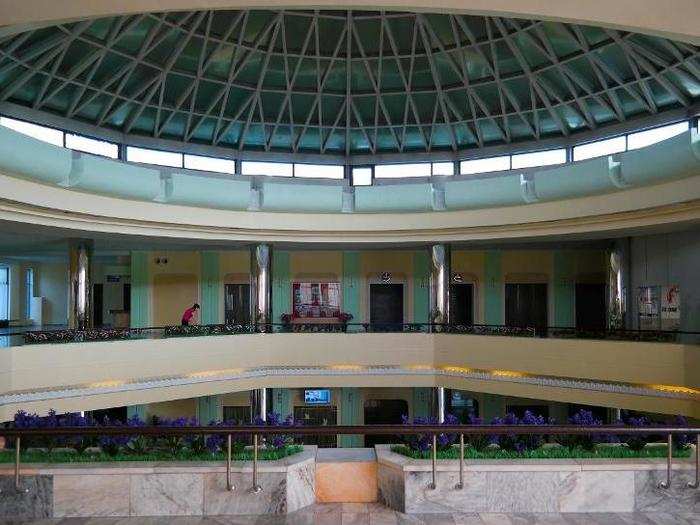
Pyongyang Diplomatic Club.
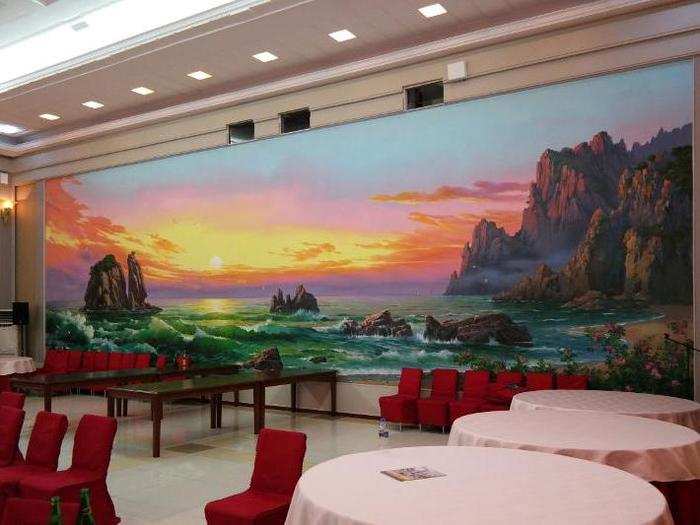
Pyongyang Diplomatic Club.

Symmetry is one of the guiding principles of Juche architecture, espoused by Kim Jong-il in his 1991 treatise, On Architecture," Wainwright explained. "It is usually used as a means of emphasizing the importance of the statues and portraits of the leaders, with architectural elements designed to exaggerate the perspective and increase the sense of awe.
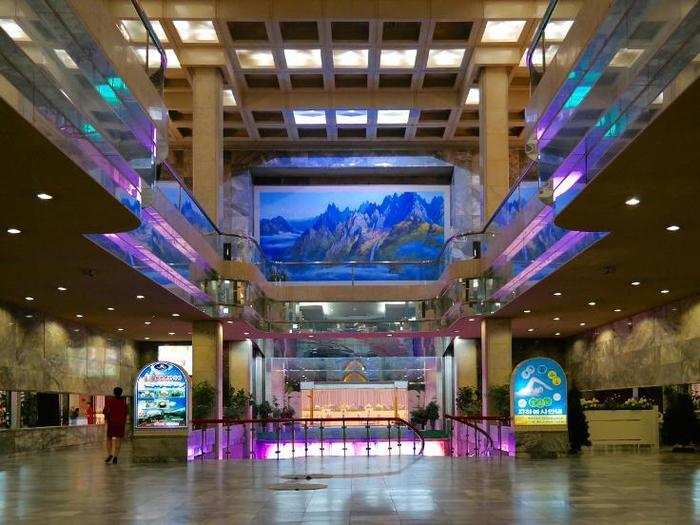
Koryo Hotel, Pyongyang.
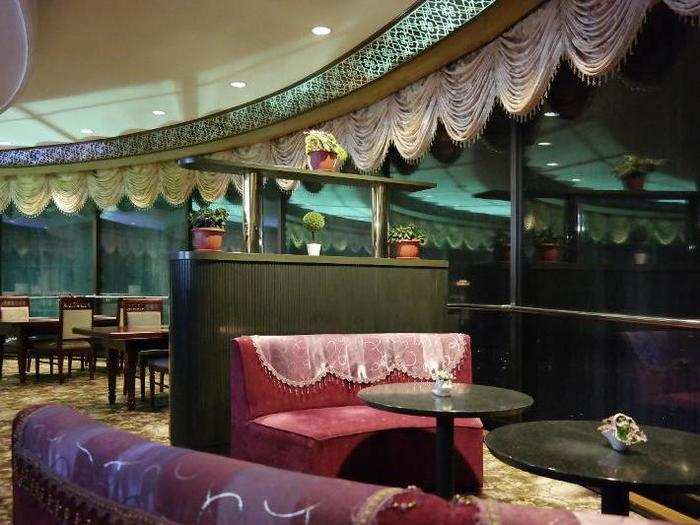
[Symmetry] is a very theatrical device, which is why I think so many North Korean spaces feel like stage sets," Wainwright said. "They're designed to evoke an emotional response
![[Symmetry] is a very theatrical device, which is why I think so many North Korean spaces feel like stage sets," Wainwright said. "They](https://staticbiassets.in/thumb/msid-52754412,width-700,height-525,imgsize-95430/symmetry-is-a-very-theatrical-device-which-is-why-i-think-so-many-north-korean-spaces-feel-like-stage-sets-wainwright-said-theyre-designed-to-evoke-an-emotional-response.jpg)
Popular Right Now
Advertisement